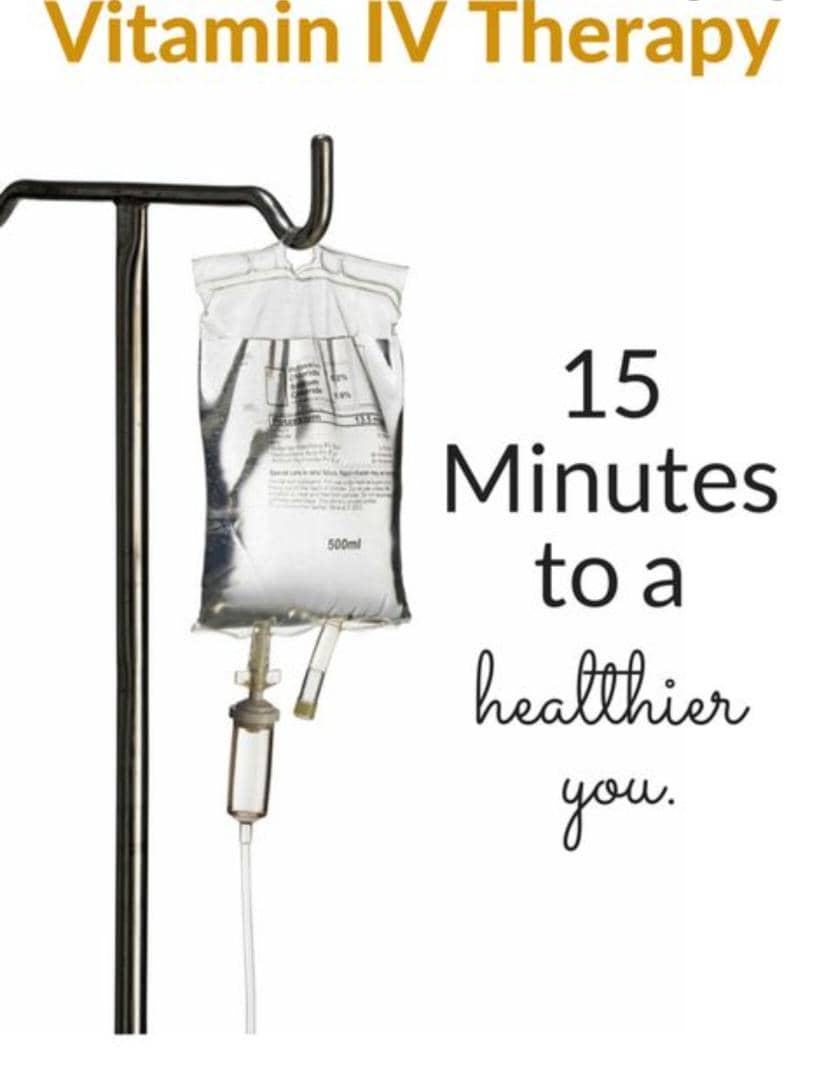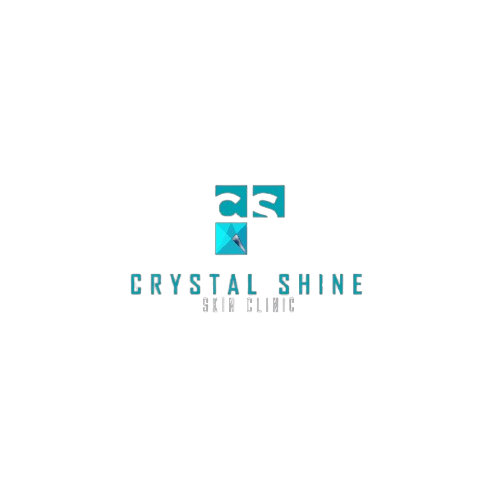What is I.V THERAPY?
How Does It Work?
In What Situations Do We Use I.V THERAPY?
While I.V. therapy is generally considered safe and effective, like any medical procedure, it carries potential side effects and risks. Common side effects may include pain or discomfort at the injection site, bruising, or irritation of the vein. In some cases, more serious complications can occur, such as infection, infiltration (fluid leaking into surrounding tissues), or thrombophlebitis (inflammation of the vein).
To minimize risks, it is important to have I.V. therapy administered by a qualified healthcare professional who follows proper sterilization and safety protocols. They will monitor the infusion and address any potential complications promptly.
It’s crucial to consult with a healthcare professional who can assess your specific situation, determine the need for I.V. therapy, and provide appropriate guidance and care. They can discuss potential risks, benefits, and alternatives to ensure the best course of treatment for your individual needs.


In What Situations Do We Use I.V THERAPY?
Like any medical procedure, cheek filling carries potential side effects. Common side effects include temporary redness, swelling, bruising, or tenderness at the injection sites. These effects usually subside within a few days to a week.
While cheek filling is generally considered safe when performed by a trained professional, there are risks involved. Rare complications may include infection, allergic reactions, or tissue damage. To minimize risks, it is important to choose a qualified healthcare professional experienced in performing cheek filling procedures and follow their aftercare instructions carefully.
Consulting with a qualified medical professional who can assess your specific situation and provide personalized advice is crucial if you are considering cheek filling or any other cosmetic procedure.
Recent Services
LASER THERAPY

